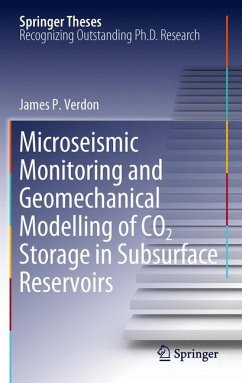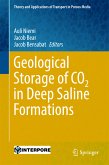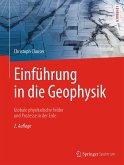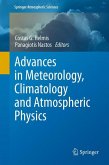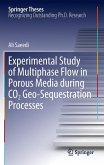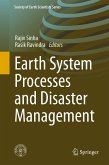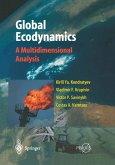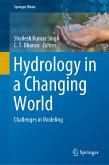This thesis presents an impressive summary of the potential to use passive seismic methods to monitor the sequestration of anthropogenic CO2 in geologic reservoirs. It brings together innovative research in two distinct areas - seismology and geomechanics - and involves both data analysis and numerical modelling. The data come from the Weyburn-Midale project, which is currently the largest Carbon Capture and Storage (CCS) project in the world. James Verdon's results show how passive seismic monitoring can be used as an early warning system for fault reactivation and top seal failure, which may lead to the escape of CO2 at the surface.
Dieser Download kann aus rechtlichen Gründen nur mit Rechnungsadresse in A, B, BG, CY, CZ, D, DK, EW, E, FIN, F, GR, HR, H, IRL, I, LT, L, LR, M, NL, PL, P, R, S, SLO, SK ausgeliefert werden.
Hinweis: Dieser Artikel kann nur an eine deutsche Lieferadresse ausgeliefert werden.

